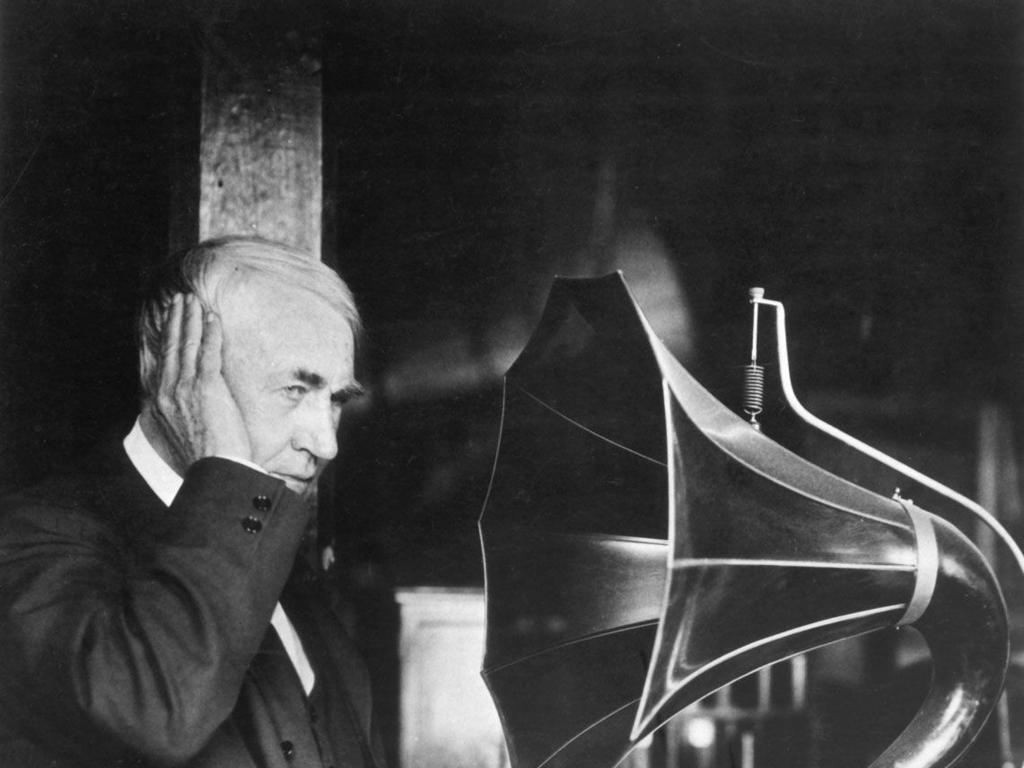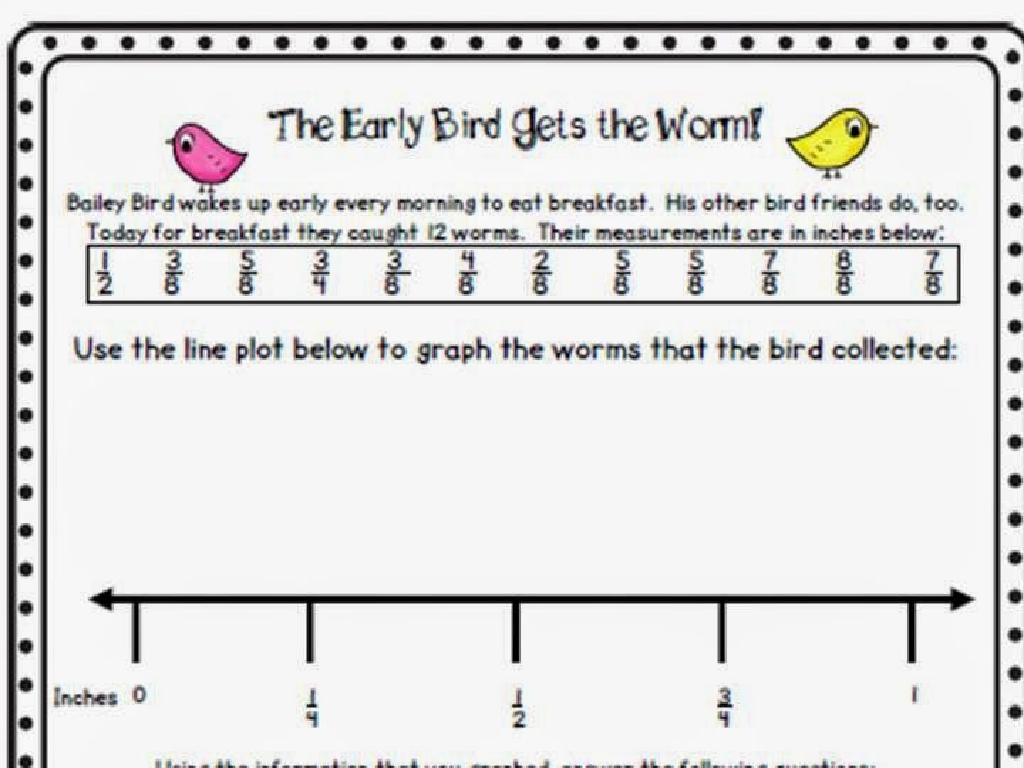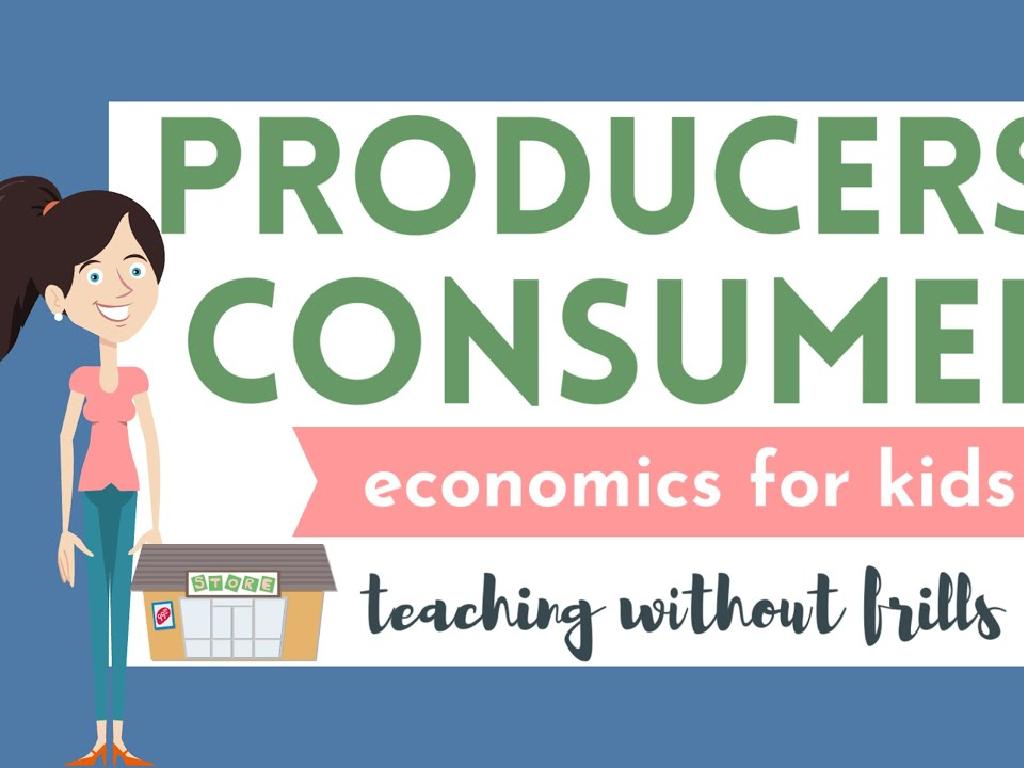Natural Resources
Subject: Social studies
Grade: Third grade
Topic: Basic Economic Principles
Please LOG IN to download the presentation. Access is available to registered users only.
View More Content
Exploring Natural Resources
– What are natural resources?
– Materials from Earth that people use, like water, trees, and minerals.
– Importance of natural resources
– They help us live: water to drink, wood for houses, and coal for electricity.
– Our planet’s wealth
– Earth gives us many things we need; it’s like a treasure chest!
– Caring for our resources
– We must use resources wisely so they last a long time.
|
This slide introduces the concept of natural resources to third-grade students, explaining that these are materials provided by Earth that are essential for our survival and comfort. Emphasize the variety of resources, such as water, plants, and minerals, and discuss how they play a crucial role in our daily lives, from the water we drink to the homes we live in. Highlight the abundance of Earth’s resources, likening it to a treasure chest that needs to be used responsibly. Encourage students to think about how we can conserve and protect our natural resources to ensure they are available for future generations.
Types of Natural Resources
– Renewable vs Non-Renewable
– Resources that can replenish vs those that can’t
– Sunlight, Wind, Water
– These resources are endless and clean
– Oil, Coal, Natural Gas
– Once used, they’re gone for a long time
|
This slide introduces students to the concept of natural resources and the distinction between renewable and non-renewable resources. Renewable resources are those that nature can replenish on its own, such as sunlight, wind, and water. These are often considered ‘clean’ or ‘green’ because they have less impact on the environment. Non-renewable resources, such as oil, coal, and natural gas, are finite and take millions of years to form. Once consumed, they cannot be readily replaced. It’s important to discuss the implications of using these resources and how their usage affects the environment and future generations. Encourage students to think about how different resources are used in their daily lives and the importance of conservation.
The Role of Natural Resources in Our Lives
– Daily use of natural resources
– Water for drinking, trees for paper, and plants for food.
– Journey of resources to our homes
– Resources are found, extracted, and processed for our use.
– Conservation and wise use
– Saving resources means using them carefully and responsibly.
– Importance of natural resources
|
This slide aims to educate third-grade students on the significance of natural resources in their daily lives. Begin by discussing how we use water, wood, and food every day, emphasizing that these all come from nature. Explain the process of how these resources are collected and turned into the products they use, like how trees become paper for their books. Highlight the importance of conservation, teaching them to use resources like water and paper sparingly to help protect the environment. Engage the class by asking them to list items they used today that are made from natural resources. This will help them understand the concept of resource conservation and its impact on ensuring these resources are available for future generations.
Natural Resources and the Economy
– Natural resources boost the economy
– Resources like water, trees, and minerals help businesses and communities grow.
– Jobs relying on natural resources
– Farmers grow food, and builders need wood for houses.
– Industries built on natural resources
– Factories use metals for cars and electronics.
– Trading natural resources
– Countries sell resources they have a lot of and buy what they need.
|
This slide aims to teach third-grade students how natural resources are fundamental to our economy. Begin by explaining that natural resources are materials from Earth that people use to meet their needs. Emphasize how these resources contribute to economic growth by providing raw materials for goods and services. Discuss various jobs, such as farming and construction, that directly depend on natural resources. Highlight industries like manufacturing that use resources to create products. Lastly, explain trade by showing how countries exchange resources to get what they lack, fostering global economic connections. Use examples relatable to the students, such as the role of water in growing crops or wood in building their desks.
Protecting Our Natural Resources
– Why conservation matters
– Conservation helps protect our environment for future generations.
– Sustainable practices for us
– Using less water, recycling, and planting trees are ways to help.
– Our role in conservation
– Every small action we take to conserve resources makes a big difference.
– Natural resources in the future
– Thinking about how we use resources today affects their availability tomorrow.
|
This slide aims to educate third-grade students on the importance of conserving natural resources. It’s crucial to explain conservation in simple terms, such as protecting nature to ensure it’s there for years to come. Discuss sustainable practices like turning off lights when not in use, recycling, and planting gardens. Emphasize that everyone, including them, has a role to play in conservation. Lastly, inspire them to think about the future and how their actions can help preserve the planet. Activities can include a water-saving challenge or a class recycling project to make the concept more tangible for the students.
Class Activity: Resource Scavenger Hunt
– Explore natural resources around us
– Work in teams to find resources
– Share findings with the class
– Discuss why resources are important
|
This activity is designed to help students understand the concept of natural resources by actively engaging them in a scavenger hunt. Divide the class into small teams and assign different areas of the classroom or school to each team. Provide a list of natural resources for them to find, such as water, wood, or sunlight. After the scavenger hunt, regroup and have each team share their findings. Facilitate a discussion on how these resources are used in our daily lives and why they are important for our community and economy. Possible activities could include identifying the most common resource, discussing conservation, or creating posters about the uses of different natural resources.






